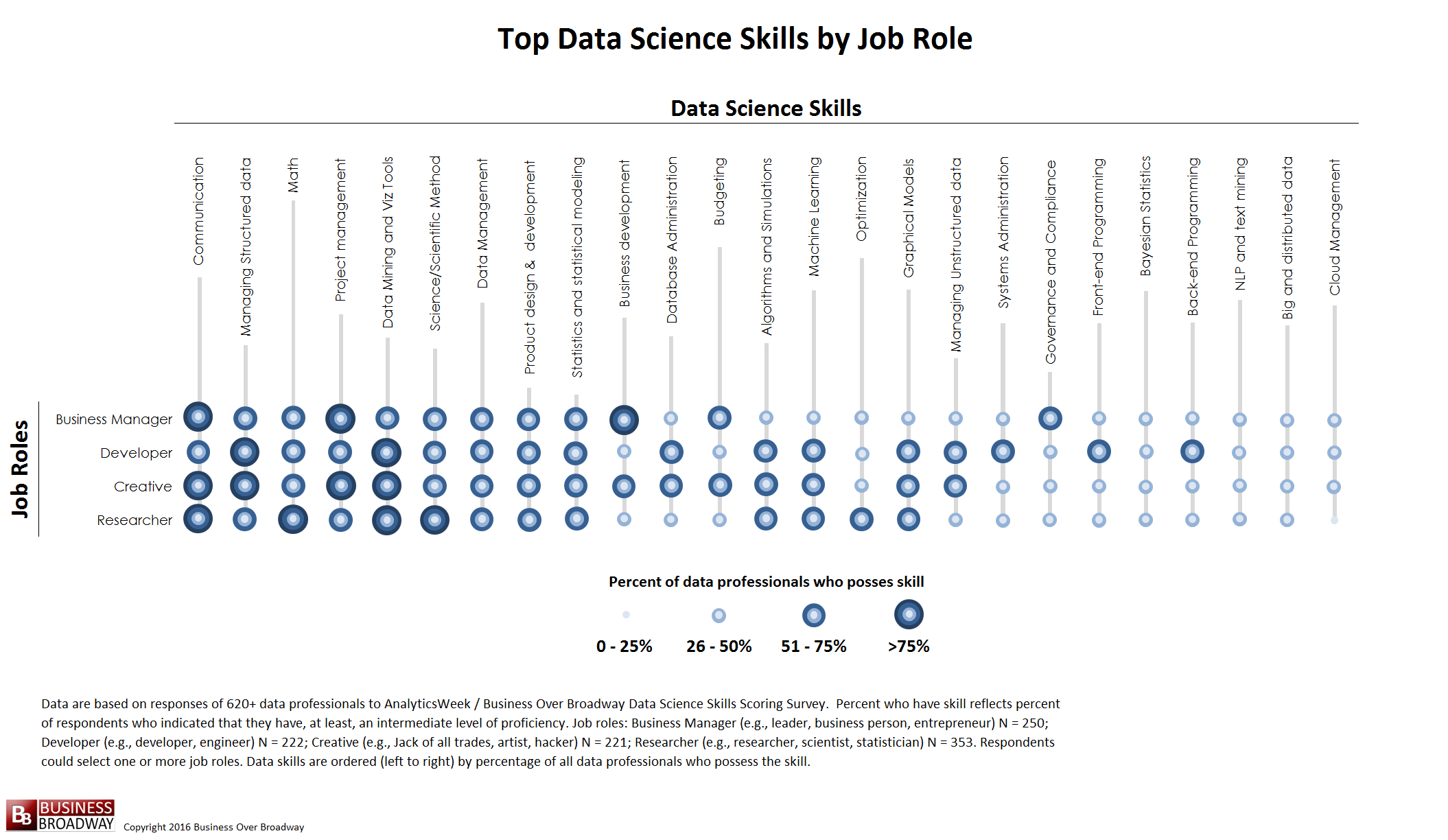There are lots of interesting developments in machine learning for time series modeling, but can an AI write about systems sensibly? I decided to try a few free online AI content generators.
Using system dynamics modeling for project delay and disruption
1. System Dynamics Modeling (SDM)
System dynamics modeling is a mathematical model that helps us understand how systems work and how they interact with each other. SDM is useful for understanding complex systems and their behavior over time. In addition, it can help predict future outcomes based on current conditions.
2. Project Delay & Disruption
Project delays and disruptions occur frequently in projects. These events cause significant problems for organizations and individuals alike. A project delay occurs when a project is delayed past its original completion date. A project disruption occurs when a project is disrupted before it reaches its original completion date. Both types of project delays and disruptions can have negative effects on the success of a project.
3. Causes of Project Delays & Disruptions
There are many causes of project delays and disruptions. Some of these causes include:
• Poor planning
• Unclear requirements
• Lack of communication
• Poor management
• Miscommunication
• Poor leadership
• Poor team coordination
• Poor resource allocation
Well, we didn’t get the rework cycle or any feedback effects, but not an entirely useless effort.
Do climate tipping points signal the onset of Limits to Growth?
Climate change is a serious human problem that causes concern among many people. Some believe that climate change is caused by human activity and that it will bring about a catastrophic future. However, others believe that it is natural and that there are ways to prevent it from causing further damage. Regardless of whether climate change is caused by human activity or not, it has the potential to cause major damage to the planet. Many believe that we are approaching climate tipping points, which could have catastrophic consequences for humanity.
One reason why climate tipping points signal the onset of limits to growth is because they are a harbinger of future environmental disasters. These disasters would occur because of the way we have altered the climate and what we have done to the planet. For example, the Larsen B ice shelf in Antarctica broke away in 2002 and disintegrated within four years due to global warming. Climate tipping points signal the onset of limits to growth because they are a harbinger of future environmental disasters. Governments and environmental groups should prepare for future environmental disasters by investing in renewable resources and making changes in agriculture to reduce food insecurity.
Another reason why climate tipping points signal the onset of limits to growth is because they are a harbinger of future economic problems. Scientists have warned us about manmade climate change for years; however, most people ignore their warnings and keep on using fossil fuels anyway. This is causing major problems for our planet, including droughts, rising sea levels and more frequent natural disasters. Unfortunately, many people are paying little attention to the warnings; they think they can ignore them and avoid problems later. Governments and environmental groups should prepare for future economic problems by investing in renewable resources and making changes in agriculture to reduce food insecurity.
I have to say, the AI is making more sense than the South Dakota legislature.
This is a case of a deer that had been found dead by an early hunter, then found by another hunter on the same day. These hunters were in the woods for several days, hunting deer. Then, for a week or more, the deer had eaten enough grass to cover itself, leaving the deer lying in its own feces. In the United States, this is called wasting. Chronic wasting is an infectious disease that, in humans, is caused by bacteria. When a person is infected with chronic wasting, they begin losing weight and become weak. They begin to smell bad, have sores on their body, lose their appetite, feel tired, listless and weak, having trouble standing up. Some people lose consciousness. Their physical…
I guess we still need modelers for some things.









